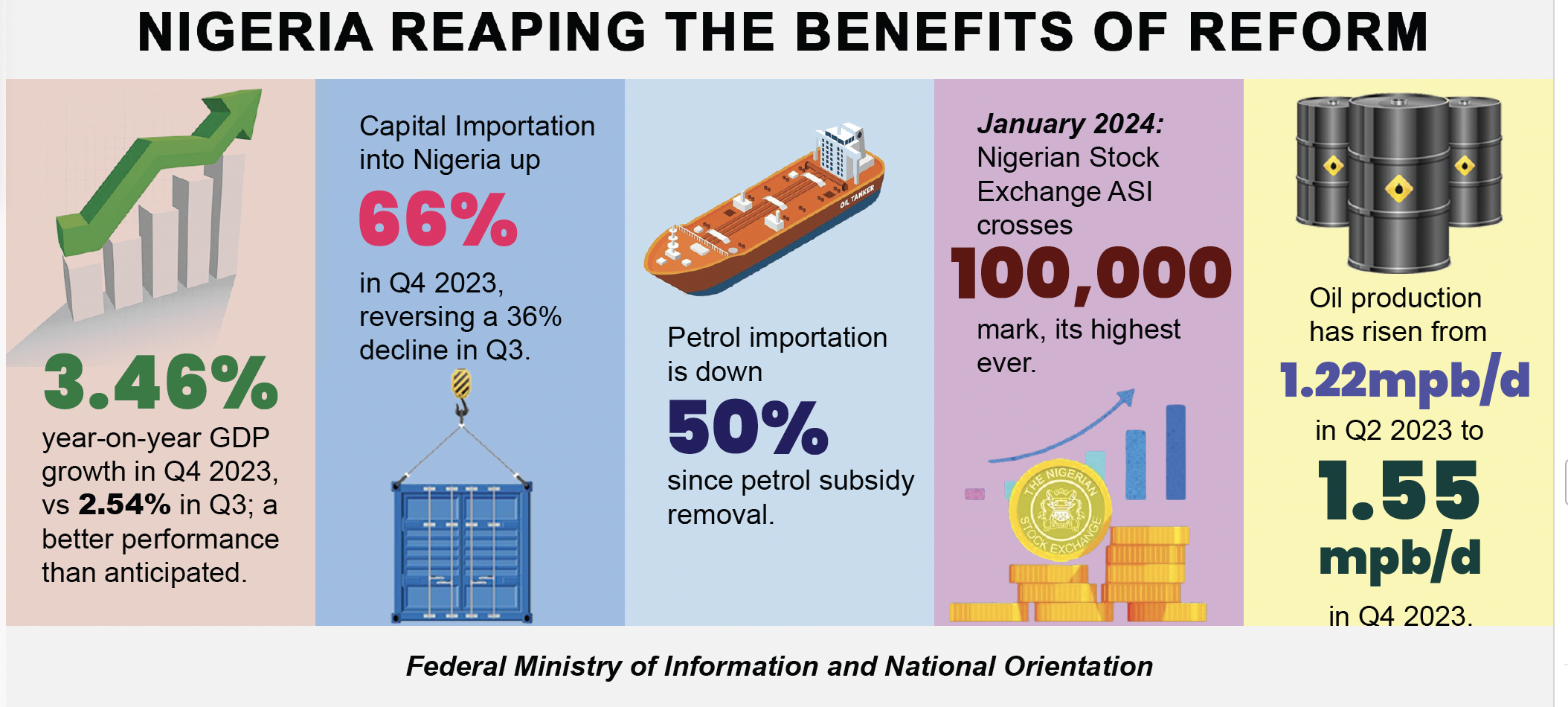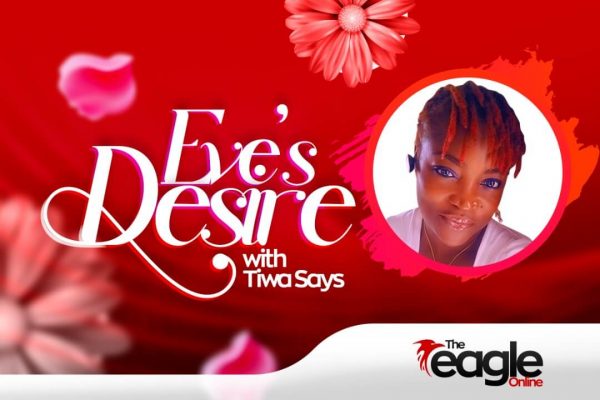I am still of the opinion that couples need to have more conversations about sex and sexuality before signing the dotted lines. Forever is a long time. I’ve had couples complain that their partners’ libidos do not match theirs. Some are very spontaneous lovers, but their partners require planning before they can be in the mood for sex.
These are issues that ought to have come out during periods of dating or courtship, but people shy away from discussing such.
Unfortunately, these issues, when they become problems, are not ones that can be wished or prayed away. The only solution is communication and a lot of work, which could have been avoided.
It is critical for individuals to know their desire styles and communicate the same to their partners before it becomes a problem.

Desire style types are the different ways individuals experience and express sexual desires. Understanding these styles can play a significant role in enhancing sexual pleasure and satisfaction within relationships. While there isn’t a universally accepted classification of desire styles, they can generally be understood through the lens of various dimensions, including individual temperament, emotional needs, communication styles, and sexual appetites.
Also Read:
- Kidney Transplant: Patients from US, others throng Nigeria – VP
- Women’s group rallies support for Lagos Speaker
- Fayemi to Tinubu: Being well-meaning not enough in leadership
- Police nab man over $597,000 romance fraud
- Patients from Niger Republic seek medical attention in Katsina
Here are several commonly referenced desire style types, which can help in understanding sexual dynamics between partners:
1. Responsive Desire: Individuals with this style may not always feel a spontaneous desire for sex but can become sexually aroused in response to stimulation or intimacy. For them, factors like emotional connection and context play a crucial role in stimulating desire.
2. Spontaneous Desire: Some people experience frequent and immediate feelings of sexual desire, often without needing external stimuli. These individuals may actively seek out sexual experiences and have a more straightforward approach to initiating intimacy.
3. Intimacy-Oriented Desire: This style focuses on emotional connection and intimacy as prerequisites for sexual desire. These individuals may prioritise closeness and affection, and their sexual pleasure is often closely linked to their emotional bond with their partner.
4. Adventure-Seeking Desire: For those with this type, variety, novelty, and experimentation play crucial roles in sexual pleasure. They may enjoy exploring new activities, environments, or fantasies to enhance arousal.
5. Sensual Desire: Individuals with a sensual desire style find pleasure in non-sexual forms of intimacy like touch, cuddling, and shared activities and may see these experiences as integral to their sexual enjoyment. They appreciate how sensual interactions can enhance the overall experience of sex.
Importance of Understanding Desire Styles:
1. Enhanced Communication: Recognising different desire styles encourages open discussions between partners. This can help clarify what each partner prefers and what they need to feel desired and fulfilled.
2. Increased Empathy: Understanding that partners might experience desire differently fosters empathy. It helps individuals appreciate their partner’s sexual needs, leading to a more compassionate and supportive relationship.
3. Tailoring Experiences: Knowing one another’s desire styles allows couples to tailor their sexual experiences to accommodate each other’s preferences.
Identifying your desire style type can help you gain insights into your preferences and motivations in relationships, work, and personal development. Here’s a general approach to identifying your desire style:
1. Self-Reflection: Take some time to think about what brings you joy and fulfillment.
Consider your past experiences:
– What activities or situations have you enjoyed the most?
– What types of relationships do you gravitate toward?
– What goals or aspirations resonate with you deeply?
2. Evaluate Your Needs: Consider your emotional and physical needs. Do you prefer close intimacy or more space? Do you thrive on structure or spontaneity? Identifying your core needs can guide you toward your desire style.
3. Think About Your Values: Identify your core values. What principles guide your decisions and actions? Your values often influence your desires and style.
4. Take Assessments: Various personality and relationship assessment tools can offer insights into your desire style. For example, tools like the Enneagram, Myers-Briggs Type Indicator (MBTI), or attachment style assessments can provide valuable information about your personality and relationship tendencies.
5. Listen to Feedback: Ask trusted friends or family members about their perceptions of you. Sometimes, others can highlight patterns and preferences you might not be aware of.
6. Explore Different Style Types: Research different desire styles or personality frameworks. Some common categories might include:
– Romantic: Enjoys deep emotional connections and intimacy.
– Passionate: Values excitement, adventure, and spontaneity in experiences.
– Pragmatic: Prefers practical and realistic approaches, focusing on stability and security.
– Intellectual: Seeks mental stimulation and deep conversations.
7. Consider Your Reactions: Observe how you react in various situations. For example, in stress or conflict, do you withdraw, seek connection, or become assertive? Your responses can reveal much about your desire style.
8. Experiment and Reflect: Try new experiences that align with different desire styles and reflect on how they make you feel.
How To Navigate Your Desire Styles
Navigating different desire styles within a couple can be a complex but rewarding process. Here are some strategies to help couples understand and bridge the gaps between their differing desire styles:
Open Communication: Discuss Desires: Create a safe space for open dialogue about each partner’s sexual desires, needs, and preferences. Use “I” statements to express feelings without assigning blame (“I feel…” vs. “You never…”).
Check-in Regularly: Frequent check-ins about each other’s desires can help maintain an understanding of how each person feels over time.
Education and Understanding: Learn Together: Read books or articles, or attend workshops about sexual desire and intimacy. Understanding different desire styles can help normalise your experiences and emotions.
Identify Styles: Discuss what desire styles each of you might resonate with, such as responsive vs. spontaneous desire, or those who prefer emotional connection versus more physical connections.
Empathy and Validation: Acknowledge Differences: Recognise that differing desire styles are natural and valid. Validate each other’s feelings and experiences.
Practice Empathy: Try to understand your partner’s perspective. Empathy can deepen your emotional connection and enhance intimacy.
Set Boundaries and Create Agreements: Negotiate Needs: If one partner has a higher libido than the other, discuss what each partner needs to feel satisfied. Find compromises that respect both desires.
Establish Boundaries: Agree on what is acceptable and unacceptable regarding intimacy and sexual activities. This could help manage expectations and reduce resentment.
Explore Non-Sexual Intimacy: Focus on Connection: Engage in non-sexual forms of intimacy, such as cuddling, holding hands, or spending quality time together. This can strengthen your bond and may create a greater sense of desire over time.
Try New Activities: Exploring activities together, like dancing, cooking, or hobbies, can help build connection and intimacy outside of the bedroom.
It is important to note that desire styles can change over time and according to context. What worked for you early on may not work now.
Desire is influenced by many factors, including hormones, exhaustion, stress, medical conditions, past trauma and relationship conflict, to name a few. As we age, we naturally move into more responsive desire, so it is crucial to understand this style to keep sexually connected.
I would love to get feedback, questions and recommendations on the topics you would want me to shed light on.
Subscribe to my YouTube channel: @Eve’s Desire Show, on YouTube at: @theeagleonlinenigeria
Send me a message on Telegram at: @tiwa_says; WhatsApp: 09161129108; and Email: tiwalolaoke@yahoo.com.


